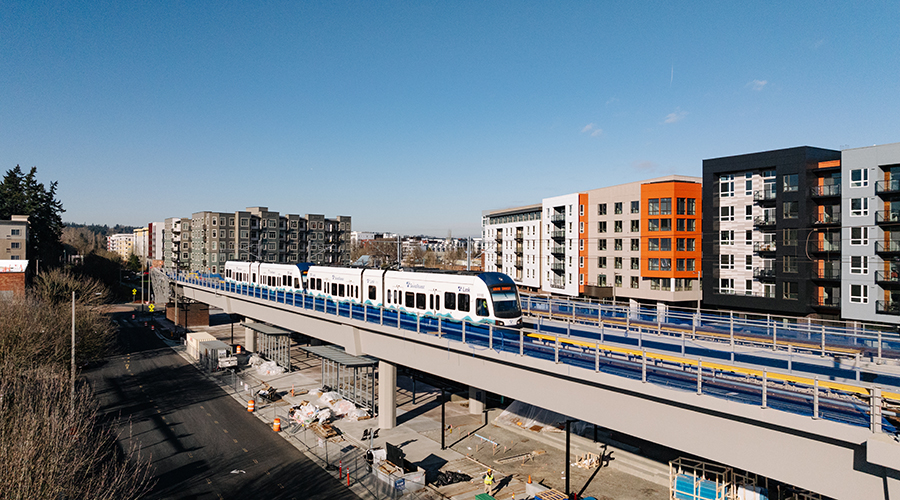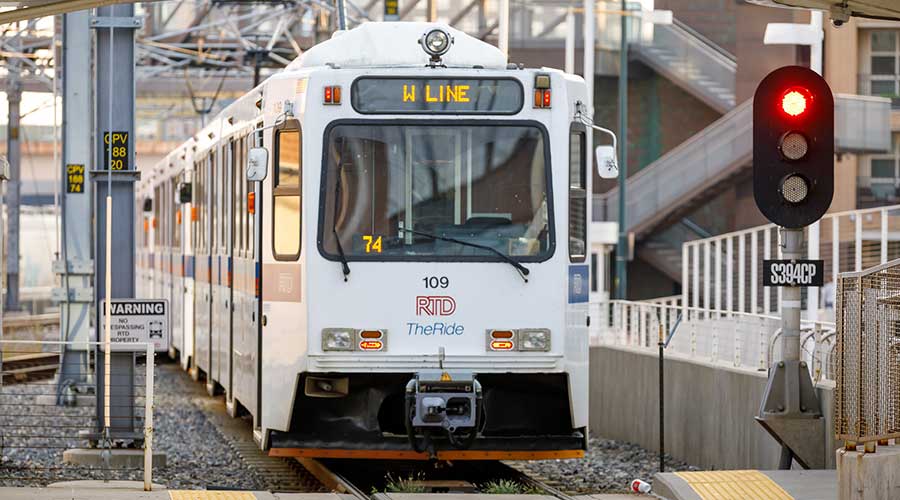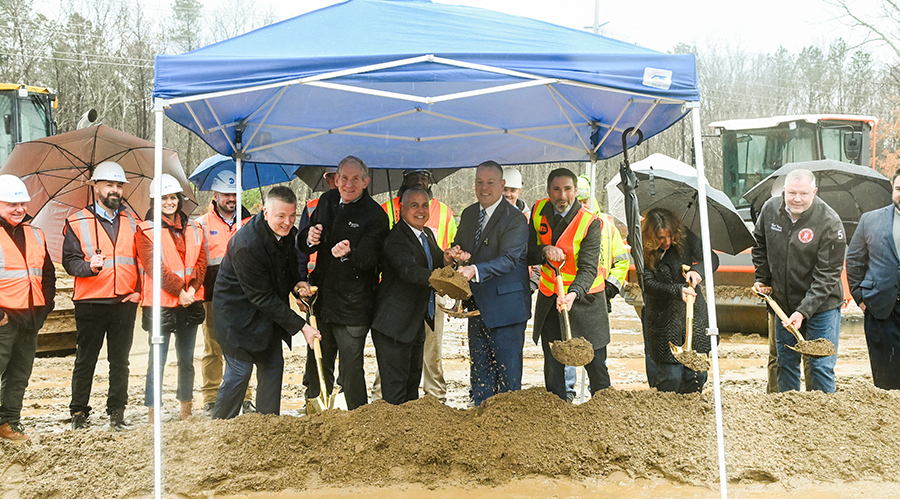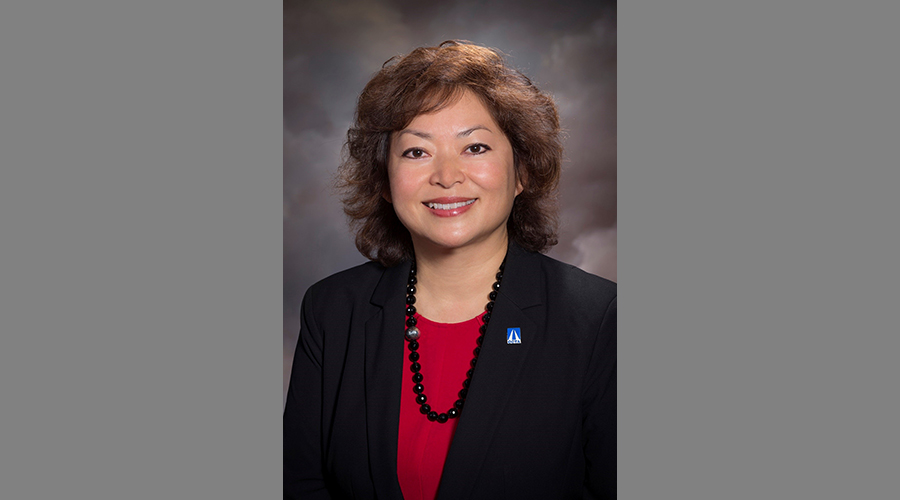Stay updated on news, articles and information for the rail industry
9/24/2014
Rail News: Passenger Rail
New York MTA proposes $32 billion in capital investments for safety, reliability and expansion
The Metropolitan Transportation Authority (MTA) yesterday published a proposed $32 billion, four-year capital program designed to invest in safety and reliability measures for its subways, commuter railroads, buses, bridges and tunnels.
Proposed for 2015 through 2019, the program would "renew, enhance and expand" the MTA network, which moves 8.7 million riders each day, authority officials said in a press release.
The program's largest element is $22 billion allocated for safety and reliability projects, including buying new subway cars, Staten Island Railway cars, commuter cars and buses; improving track, signals, power supplies, stations and support structures; renewing and enhancing seven bridges and two tunnels; and installing positive train control on commuter railroads and communications-based train control on subways.
In addition, the program proposes $4.3 billion for new technology, communications systems and railroad infrastructure. Moreover, it would help expand the network with investments such as $1.5 billion to begin the next phase of the Second Avenue Subway from 96th Street to 125th Street; $2.8 billion to complete funding for the East Side Access project that will bring the Long Island Rail Road into Grand Central Terminal; and $743 million to begin the Penn Access project to bring Metro-North Railroad's New Haven Line service into Penn Station and build four new stations in the Bronx.
Since 1982, MTA has allocated more than $100 billion for its capital program to rebuild the network, which led to record ridership and spurred growth throughout the region, authority officials said.
"The MTA capital program is our single most important effort to ensure we can keep the New York metropolitan region moving, so people can get where they need to go, businesses can thrive and the quality of life here can continue to improve," said MTA Chairman and Chief Executive Officer Thomas Prendergast.
MTA staff identified $16.9 billion in funding sources for the program, including more than $6 billion in federal funding, $6 billion in bonding and $3 billion in funding from MTA sources. The MTA plans to work with its funding partners and other stakeholders to develop proposals to bridge a $15.2 billion funding gap.


 LRW Honors Amtrak’s Acheson As Railway Woman Of The Year
LRW Honors Amtrak’s Acheson As Railway Woman Of The Year
 From Editor-In-Chief Foran: Of Gender Equity And Inclusion
From Editor-In-Chief Foran: Of Gender Equity And Inclusion
 Spotlight On Some Of Today’s Rail Safety Products
Spotlight On Some Of Today’s Rail Safety Products
 Women of Influence in Rail eBook
Women of Influence in Rail eBook
 railPrime
railPrime







